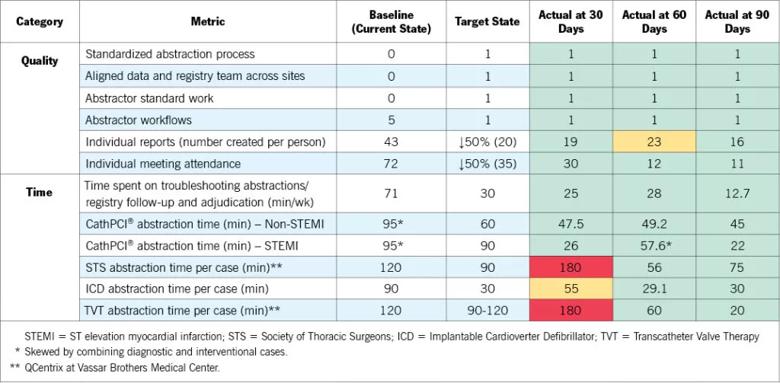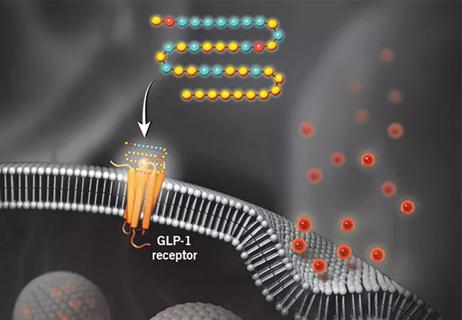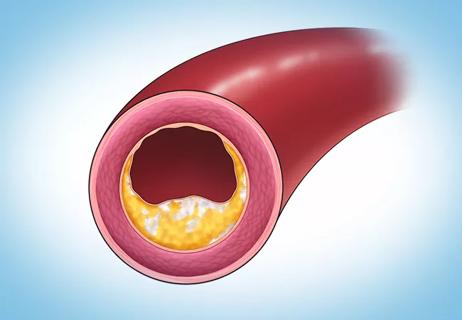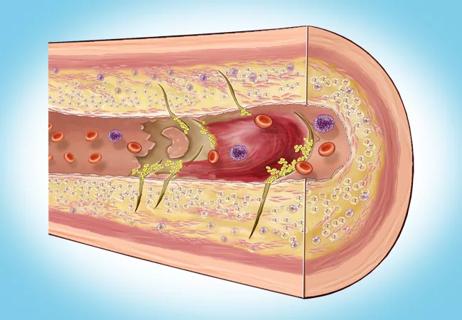How our HVTI Advisory Services team facilitated swift improvements for an affiliated health organization

Standardizing quality across a health system is critical to integrated and efficient care delivery. That is the experience of three hospitals in the Nuvance Health organization that collaborated to coordinate best practices around collecting, analyzing and applying their cardiovascular care data to promote continuous improvement in quality and patient outcomes.
Advertisement
Cleveland Clinic is a non-profit academic medical center. Advertising on our site helps support our mission. We do not endorse non-Cleveland Clinic products or services. Policy
Nuvance Health is a network of more than 2,600 physicians serving 1.5 million patients in New York’s Hudson Valley and Connecticut. The Nuvance Health Heart and Vascular Institute is an affiliate of Cleveland Clinic’s Heart, Vascular & Thoracic Institute (HVTI). As a result of this relationship, Cleveland Clinic’s HVTI Advisory Services team works with clinicians and multidisciplinary teams at three Nuvance Health hospitals — Vassar Brothers Medical Center in Poughkeepsie, New York, and Danbury Hospital and Norwalk Hospital in Connecticut — to assist with selected clinical and operational needs.
Reliable data allow clinicians to analyze their outcomes and focus improvement efforts where they are needed most. The Nuvance Quality and Registry (NQR) team is charged with providing clinicians with outcomes and process metrics related to the quality of patient care. Nuvance’s leadership team recognized that they needed to make changes to their data abstraction processes. They determined that their workflows and pace were not sustainable, so they engaged Cleveland Clinic for assistance.
The Cleveland Clinic HVTI Advisory Services continuous improvement team conducted a rapid improvement event (RIE), also known as a Kaizen event, with NQR team members, including front-line caregivers, quality department leaders, director-level leaders and executive leaders. The process involved use of the Lean Six Sigma continuous improvement methodology and tools to empower the team to develop a vision and move from passively acknowledging the problem to actively engaging in solution design. RIEs are driven by cross-functional teams to ensure buy-in. They are designed to rapidly yield measurable results through analyzing and improving a narrowly defined process where solutions are not known.
Advertisement
The Lean tools employed in the event are most successful when used by experts in the field with a proven record. The HVTI Advisory Services continuous improvement team used these tools to help the NQR team fully see its work, analyze the root cause of the problem, design experimental solutions, implement systems-based thinking, develop process efficiencies and outline standard work.
The group used Lean Six Sigma methodologies to identify current-state data collected by the NQR team. These data revealed that 70.3% of the work performed by team members was outside the scope of their primary role as data abstractors. For example, other caregivers at the three hospitals asked NQR team members to prepare agendas for meetings in which their role was minor. These out-of-scope requests caused the team members to fall behind with their time-sensitive data duties and New York state regulatory requirements.
The process led to defining a target state (left side of Figure), which was set in collaboration with Nuvance leadership — Mark Warshofsky, MD, Senior Vice President and System Chair of the Heart and Vascular Institute, and Kelli Stock, Vice President of the Nuvance Health Heart and Vascular Institute — and in consultation with Cleveland Clinic HVTI’s best practices for data and quality registries.
The NQR team and leaders together implemented the RIE methodology and visualized their work, which enabled them to clearly identify their gaps. The multidisciplinary team identified 164 gaps in the eight-step data abstraction process. The gaps were broadly described as follows: lack of standard work, lack of systems thinking, siloed teams, missing education and training, need for support from vendors and organizational development, and prioritization in the information technologies queue.
Advertisement
The team then proposed solutions and designed rapid experiments to meet its vision using Cleveland Clinic best practices and structured facilitation by a Cleveland Clinic continuous improvement specialist.
The team discovered the opportunity to eliminate abstracting of data that was not valuable for National Cardiovascular Data Registry quality outcomes. “This had a very big impact for the abstractors, who were constantly struggling to keep current,” says Barbi Lizak-Hart, Nuvance’s Director of Quality and Data Registries. “It freed them up to work on other department registries and enabled an improvement in productivity for the STS, ICD and CHF registries.”
Within 30 days of the project, the NQR team met targets for 75% of its metrics by applying nine of the easier rapid experiments, known as “Just Do Its.” The team members engaged in multiple supporting projects, which enabled them to meet targets for 100% of their metrics and make the solutions standard within 90 days (Figure).

Figure. Baseline (current) and target-state values for the Nuvance NQR team’s 12 key metrics (left side) and actual performance values (right side) following the rapid improvement event (RIE) project.
A key to success was the engagement and support of Nuvance executive leadership. Dr. Warshofsky and Ms. Stock supported the RIE and committed the necessary time for the team to participate in it. This enabled an overwhelmed NQR team — which faced many deadlines and staffing challenges — to pause its work to complete this initiative.
Advertisement
Executive leaders trusted the process, fostered a sense of teamwork and instilled confidence in the NQR team members. “The key to the success of a project is having an executive leader who assumes the role of coach and is actively present, aligning teams around a common goal and empowering them to make decisions while showing modesty and removing barriers,” says Edward Soltesz, MD, MPH, HVTI’s Director of Cardiac Surgery Affiliate and Alliance Programs. “Nuvance’s Dr. Warshofsky and Kelli Stock exemplified these behaviors, which increased the rate of successful outcomes.”
The abstraction metrics through 90 days demonstrate the success of the Nuvance team and the RIE methodology in this setting. Similar results can be achieved across a variety of clinical areas when continuous improvement facilitators are paired with teams and executive leaders who will invest the required time and energy.
For information on affiliation or alliance opportunities with Cleveland Clinic’s Heart, Vascular & Thoracic Institute, email Amanda Lesesky at leseska@ccf.org.
Advertisement
Advertisement

Cleveland Clinic pioneers a new paradigm in cardiovascular care delivery

Site visits offer firsthand lessons in clinical and operational excellence in cardiovascular care

Cancer drug helps treat decades-long symptoms in patient with complicated lymphatic issue

Findings support emphasis on markers of frailty related to, but not dependent on, age

Findings establish overweight/obesity as a modifiable risk factor for cardiovascular disease

Observational study supports adding CAC score to traditional risk factors for precision medicine approach

Visual snapshots of how we manage challenging cases

Inflammation found more predictive of events than LDL-C in pooled analysis of RCTs